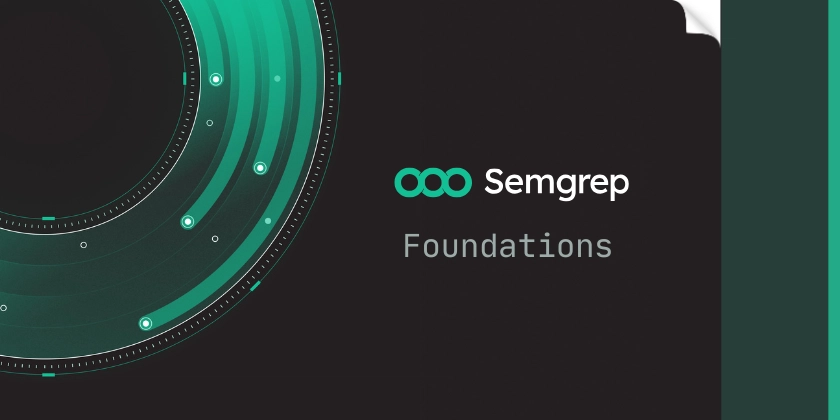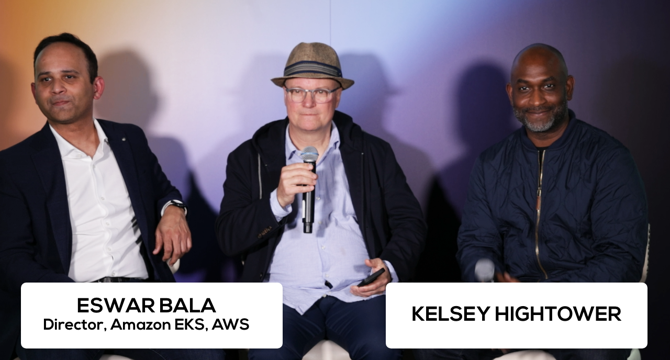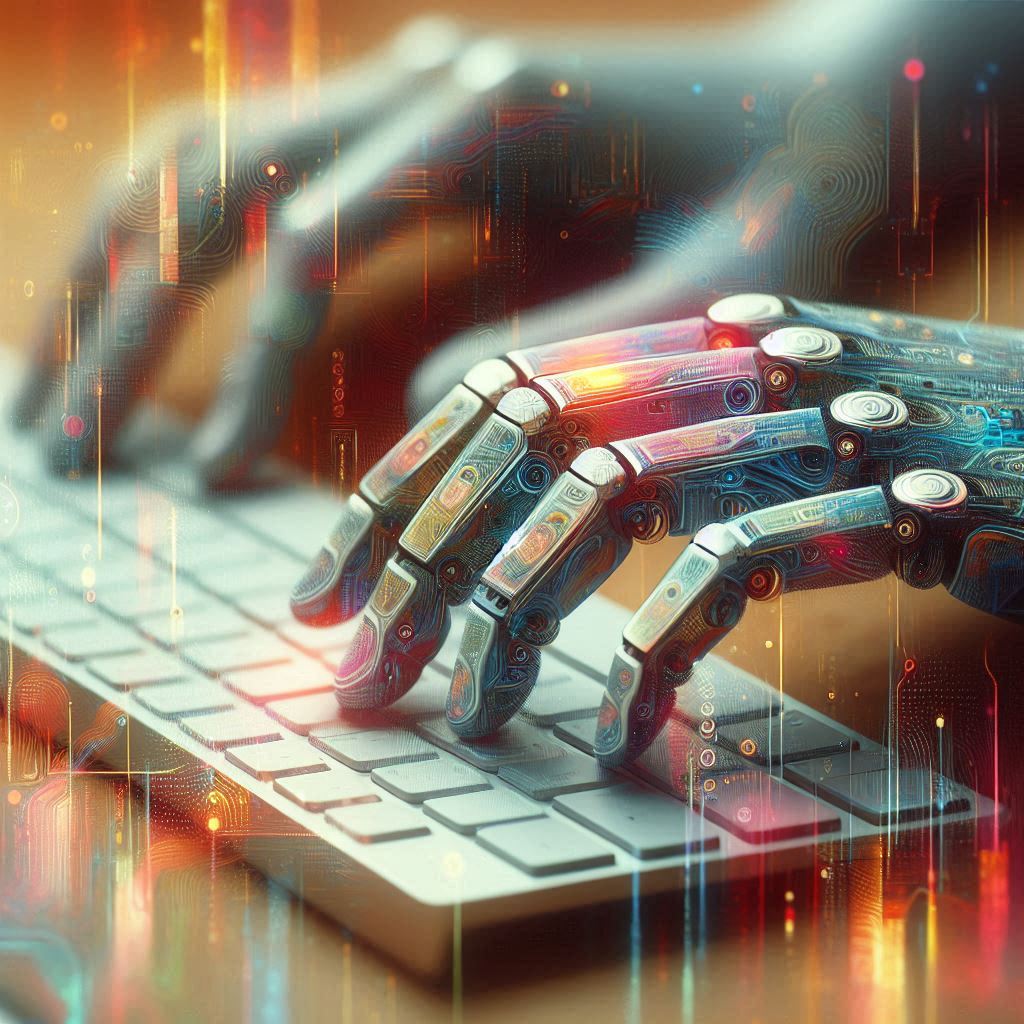Devops News
Dev
450

Image Credit: Dev
Linux Commands You Should Avoid Like the Plague (Especially in Red Hat RHEL9)
- rm -rf /: This command recursively and forcefully deletes everything on the system, starting from the root directory.
- :(){ :|:& };: (The Fork Bomb): This command creates an endless loop of processes, consuming CPU and memory resources.
- mkfs (Make File System): This command formats a disk partition, potentially leading to accidental data loss.
- chmod 777 -R /: This command grants full permissions to everyone on the system, compromising security.
Read Full Article
27 Likes
Dev
391

Image Credit: Dev
SAST vs SCA: Choosing the Right Source Code Security Scanning Tools
- SAST and SCA are two pillars of an integrated software development process to address security vulnerabilities early.
- SAST tools analyze code without execution, uncovering security vulnerabilities and bugs.
- Key features of a good SAST tool include source code static analysis, language support, and customization.
- SCA tools focus on third-party dependencies, checking for vulnerabilities, compliance, and license issues.
- SCA tools play a crucial role in identifying vulnerabilities in dependencies, which make up a significant portion of code execution.
- Both SAST and SCA are essential as they complement each other in discovering security risks.
- SAST checks first-party code, while SCA evaluates third-party dependencies.
- A complete security approach combines SAST and SCA within the software development lifecycle.
- Utilizing tools like Semgrep for SAST and Semgrep Supply Chain for SCA can provide comprehensive code coverage.
- Integrating SAST and SCA tools into CI/CD pipelines ensures continuous protection against security vulnerabilities.
Read Full Article
23 Likes
The New Stack
77

Image Credit: The New Stack
How To Build Scalable and Reliable CI/CD Pipelines With Kubernetes
- Continuous Integration and Continuous Deployment (CI/CD) have become essential practices for delivering high-quality applications quickly and consistently.
- Kubernetes plays a pivotal role in enhancing CI/CD implementations by offering scalable, consistent, and resilient deployment capabilities.
- A well-structured CI/CD pipeline in Kubernetes consists of stages such as source code management, build and test automation, containerization, orchestration, and monitoring and logging.
- Tools like Jenkins, ArgoCD, Tekton, GitHub Actions, Helm, and FluxCD are commonly used to implement CI/CD pipelines in Kubernetes.
Read Full Article
4 Likes
The New Stack
336

Image Credit: The New Stack
Kelsey Hightower, AWS’s Eswar Bala on Open Source’s Evolution
- Kelsey Hightower and Eswar Bala discussed the evolution of open source software in a recent episode of The New Stack Makers.
- Hightower highlighted the origins of open source in resistance against big vendors, questioning motives when big vendors engage in open source.
- The conversation explored the history of open source in cloud computing and its connection to new projects like Karpenter and Cedar.
- Open source provided accessibility and career opportunities to individuals without traditional tech backgrounds, according to Hightower.
- Hightower highlighted how open source allows talent to emerge based on contributions, not formal credentials.
- Eswar Bala shared insights on the emergence of Kubernetes and AWS's response to user demand for Kubernetes deployment.
- AWS has transitioned from contributing to existing projects to creating new ones, like Karpenter and Cedar, under its open source strategy.
- Collaboration in open source reflects a unique environment where competitive cloud providers work together based on customer feedback.
- The shift towards public development in open source projects has influenced how cloud giants approach their development processes.
- The discussion touched on topics like the role of established projects like Kubernetes in fostering innovation and the significance of community support for new projects.
Read Full Article
20 Likes
Discover more
- Programming News
- Software News
- Web Design
- Open Source News
- Databases
- Cloud News
- Product Management News
- Operating Systems News
- Agile Methodology News
- Computer Engineering
- Startup News
- Cryptocurrency News
- Technology News
- Blockchain News
- Data Science News
- AR News
- Apple News
- Cyber Security News
- Leadership News
- Gaming News
- Automobiles News
Solarwinds
200

Image Credit: Solarwinds
Essential Features for Your Cloud Monitoring Solution
- Ensure your cloud monitoring solution supports a wide range of cloud services.
- Implement proactive monitoring to address potential issues before they escalate.
- Utilize a centralized view to oversee overall system health, resource utilization, and performance metrics.
- Leverage automation, intelligence, and scalability to streamline cloud monitoring processes.
Read Full Article
12 Likes
Medium
40
Image Credit: Medium
The Python Logic Toolkit: Understanding Conditionals and Booleans
- Python conditionals are powerful for making decisions and solving real problems.
- The guide covers if statements, nested conditionals, boolean logic, and common pitfalls.
- Python doesn't have a switch-case, but if, elif, and else statements are sufficient.
- Conditional statements are important for checking user access, debugging, and handling default values in DevOps.
Read Full Article
2 Likes
Dev
268

Image Credit: Dev
How to deploy apps with zero DevOps knowledge in 2025?
- A new wave of platforms has emerged in 2025, allowing developers to deploy apps with zero DevOps knowledge.
- The platform called Kuberns provides the simplicity of Heroku and the power of Kubernetes, enabling fast deployment of full-stack apps without the need for a DevOps team.
- Key features of the "Zero DevOps" deployment include no Kubernetes config needed, built-in auto-scaling, support for custom domains and SSL, Git-based deployments or container image uploads, and AI-powered suggestions for issue resolution.
- The platform is designed to handle both simple and complex apps, offering a clean UI for logs and out-of-the-box autoscaling.
Read Full Article
16 Likes
Dev
183

Image Credit: Dev
Platform Engineering: The Invisible Scaffold Powering Modern Software Development
- Before Platform Engineering, software development was a fragmented landscape with traditional DevOps models.
- Platform Engineering is the discipline of building and maintaining internal developer platforms (IDPs).
- Platform teams act as 'product managers' for the IDP, collaborating with developers to identify pain points.
- Key responsibilities of a platform include self-service automation, standardization, security as code, cost optimization, and observability integration.
Read Full Article
10 Likes
Amazon
13

Image Credit: Amazon
Announcing General Availability of GitLab Duo with Amazon Q
- GitLab announces the general availability of GitLab Duo with Amazon Q, combining GitLab's DevSecOps platform with Amazon Q's generative AI capabilities.
- The integration of GitLab Duo with Amazon Q streamlines multi-step tasks in the software development lifecycle using AI assistance.
- This integration within GitLab environment enhances productivity from idea conception to deployment, ensuring a consistent experience for developers.
- Key benefits include automation in building, testing, packaging, and deployment of secure code, supported by AI agents maintaining context in a GitLab project.
- The integration focuses on security and compliance, offering end-to-end security controls and Amazon Q agents for assisting in vulnerability remediation and pipeline troubleshooting.
- Collaborative AI agents in GitLab Duo assist in tasks like upgrading code, code reviews, test generation, and Java transformation, enhancing team productivity.
- Developers benefit from the seamless integration, decreasing manual effort, accelerating software development, and maintaining high standards of security and compliance.
- The combination of GitLab Duo and Amazon Q aims at transforming development processes, increasing productivity, and fostering innovation in software development.
- The integration offers a comprehensive developer experience, enterprise-grade security, and collaborative AI assistance throughout the workflow.
- Excitement surrounds how customers will utilize this integration to enhance their development processes and achieve greater levels of productivity and innovation.
Read Full Article
Like
Siliconangle
375

Image Credit: Siliconangle
Amazon partners with GitLab to bring Q Developer to DevSecOps workflows
- Amazon Web Services Inc. has partnered with GitLab Inc. to integrate its agentic artificial intelligence development assistant Q Developer with GitLab's DevSecOps tooling.
- The partnership will leverage GitLab's comprehensive platform for software development and DevOps, and will integrate AWS's Q Developer with GitLab Duo, the suite of AI-powered features within GitLab's platform.
- The integration aims to accelerate software development and streamline complex multi-step tasks by reducing application switching.
- Q Developer's agents will enable developers to allocate complex tasks and provide intelligent code suggestions, ultimately reducing manual work and allowing developers to focus on more strategic tasks.
Read Full Article
21 Likes
Dev
45

Image Credit: Dev
How to Spin Up an AWS EC2 Instance: A Step-by-Step Guide for Software Engineers
- Understanding how to spin up an EC2 instance is a foundational skill for Software Developers looking into the ocean of DevOps field.
- The article provides a step-by-step guide to spinning up an AWS EC2 instance for software engineers.
- EC2 is essential for various DevOps tasks like building and maintaining CI/CD pipelines, hosting applications, automating infrastructure, and creating testing environments.
- The guide also highlights the usage of EC2 in modern DevOps, best practices, and the importance of scalability, automation, cost optimization, security, and environment parity.
Read Full Article
2 Likes
Dev
229

Image Credit: Dev
My Journey with Trae: Why Trae AI is the Future of Coding🔥🔥🔥
- Trae is an AI-powered IDE that enhances developer productivity by embedding AI capabilities directly into the coding environment.
- It integrates seamlessly with GitHub for version control and offers a balance between automation and developer control.
- Installing Trae is user-friendly, allowing users to import VS Code settings and customize the IDE interface.
- Trae supports various built-in models like GPT-4.1 and Gemini 2.5 Pro, making it versatile for different tasks.
- One standout feature of Trae is real-time code analysis and suggestions for improvements.
- The AI capabilities of Trae include code generation, multimodal inputs, and real-time execution for streamlined coding.
- Trae's GitHub integration facilitates team collaboration by allowing direct connection, Git operations, and code sharing.
- The tool's versatility, free premium features, and automation of workflow tasks set Trae apart as a game-changer in the coding landscape.
- Though some users reported minor issues, Trae's constant evolution based on user feedback indicates a promising future for the tool.
- In conclusion, Trae's transformative features, accessibility to advanced AI models, and community-driven development make it a tool worth exploring for developers looking to enhance their coding experience.
Read Full Article
13 Likes
Dev
448

Image Credit: Dev
How to dockerize a Python application?
- To containerize a Python application, set up a file structure with a source folder, Dockerfile, and requirements.txt file.
- Write a Python application and a Dockerfile that copies the application into the container, installs required packages, and specifies the entry point.
- Build a Docker image using the Dockerfile and the 'docker build' command.
- Create a container from the image using the 'docker run' command, and check the logs to verify successful containerization.
Read Full Article
26 Likes
Itrevolution
400

Image Credit: Itrevolution
The Physics of Flow: How the Constructal Law Can Revolutionize Product Development
- The Constructal Law, a principle of physics formulated by Duke professor Adrian Bejan, can revolutionize product development by providing insights into flow systems.
- This law states that flow systems evolve freely to provide easier and greater access to their currents, mirroring patterns seen in nature.
- From the paper by Brian Moore of RTX, three imperatives emerge: supporting freedom, embracing hierarchy, and pursuing beauty in product development.
- Freedom is crucial for teams to adapt processes and products, aligning with Lean-Agile and DevOps practices that emphasize decentralization and autonomy.
- Hierarchy, often essential in nature, is necessary for coordinated solutions to complex problems in product development.
- The pursuit of beauty, focusing on wholeness and harmony, enhances customer satisfaction and team motivation in product development.
- Moore's application of the constructal theory offers a scientific framework to accelerate the design of effective product development systems.
- Practical takeaways for leaders include evaluating freedom constraints, designing value-oriented hierarchies, and connecting work to holistic solutions.
- Moore's work enriches existing Lean-Agile frameworks by aligning them with natural laws governing flow systems.
- By grounding product development theory in physics, Moore provides new insights on designing organizations that evolve faster and more effectively.
- Understanding constructal patterns in nature and society can help in designing systems that harness flow principles for improved value streams.
Read Full Article
24 Likes
Dev
168

Image Credit: Dev
The Essential Preschool Classroom Furniture Checklist for Educators
- Setting up a preschool classroom involves selecting the right furniture to create a safe, stimulating environment for young learners.
- Key furniture items include ergonomic chairs, child-sized tables, storage solutions, cozy reading nooks, and soft seating.
- Organized storage units and labeled cubbies help promote autonomy and cleanliness in the classroom.
- Incorporating dramatic play areas and art stations stimulates creativity and social development in preschoolers.
- Circle time carpets and multi-use workstations enhance engagement and provide space for hands-on learning activities.
- Having a designated teacher work area with storage ensures educators stay organized and focused on teaching.
- The right furniture choices contribute to creating an effective, inviting, and developmentally supportive preschool classroom.
- School Outlet offers a variety of furniture options to help educators build inspiring and efficient learning spaces.
Read Full Article
10 Likes
For uninterrupted reading, download the app